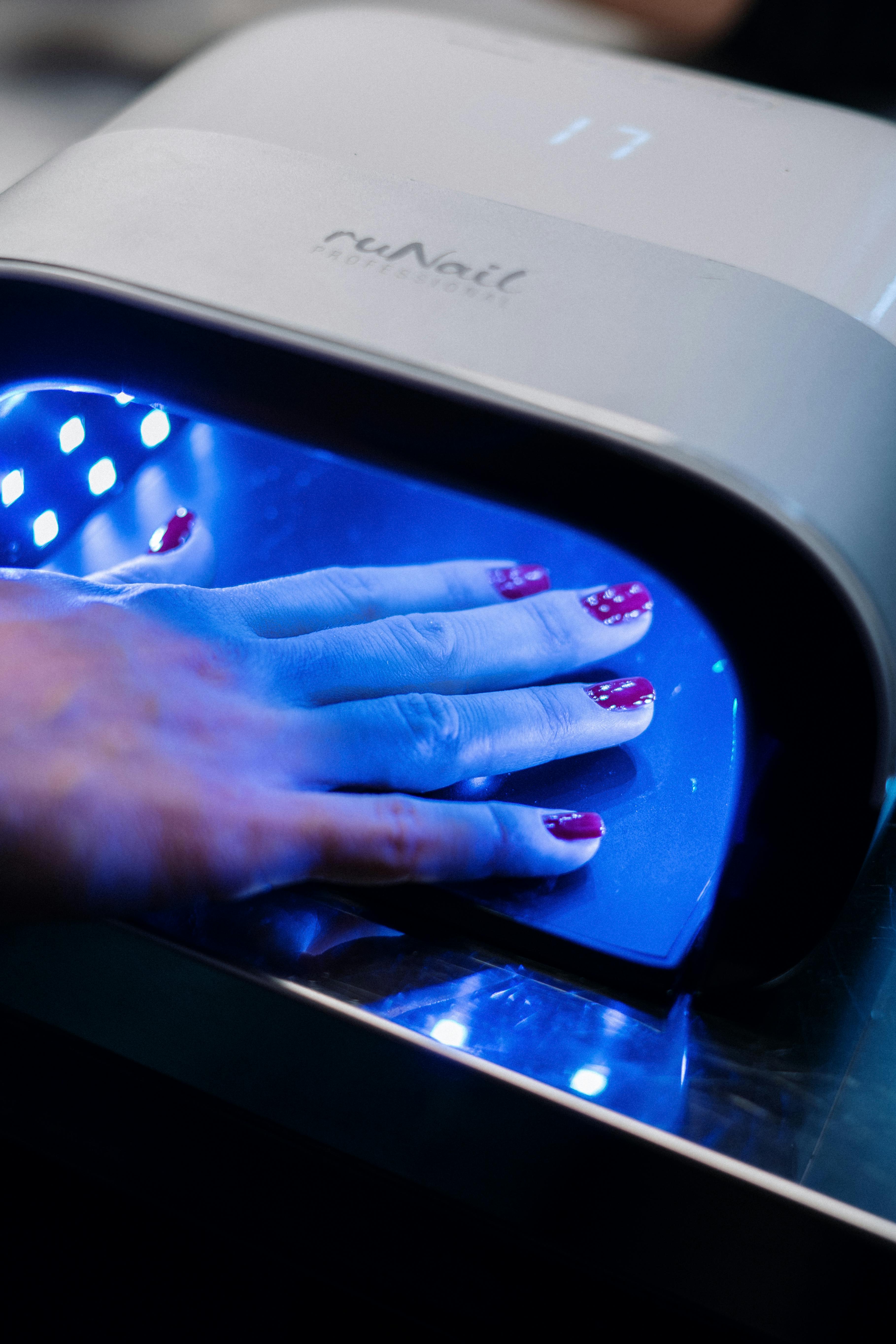Unravelling the Health Implications of Blue Light Exposure
Is our increasing screen time taking a toll on our health? As the digital age continues to expand, so does our exposure to blue light emitted from digital devices. This article will delve into the implications of blue light on our health and wellness.

The Dawn of the Digital Age: A Brief History
The digital age, also known as the information age, began in the 1970s with the advent of the personal computer. Since then, technological advancements have permeated every aspect of our lives. Today, we use digital devices for work, communication, entertainment, and more. As a result, our exposure to blue light—a type of light emitted by the screens of our devices—has increased dramatically.
The Science of Blue Light: What is it?
Blue light is a color in the visible light spectrum that can be seen by the human eye. It has a short wavelength, which means it produces higher amounts of energy. While exposure to some blue light can be beneficial, helping to regulate our body’s sleep and wake cycles, too much exposure, especially at night, can disrupt this cycle, leading to sleep issues.
The Health Impact of Blue Light: The Good, The Bad, and The Uncertain
Research has shown that exposure to blue light during the day can have positive effects, including boosting attention, reaction times, and mood. However, prolonged exposure, particularly from screens, can have negative effects. Some studies suggest that excessive blue light exposure can lead to digital eye strain, sleep disturbances, and may even increase the risk of certain types of cancers and cardiovascular disease. More research is needed to fully understand the long-term health impacts of blue light exposure.
Current Insights and Recommendations: Navigating Digital Wellness
While technology is an integral part of our lives, it’s important to manage our exposure to blue light. Many experts recommend implementing digital wellness strategies such as using blue light filters on devices, taking regular breaks from screens, and avoiding screens for at least an hour before bedtime.
Fascinating Facts about Light and Your Health
- Blue light isn’t just from digital devices—it’s also in sunlight, which is why your body uses it to regulate sleep and wake cycles.
- Not all blue light is bad; it’s the blue-violet light, particularly from screens, that can cause eye strain and other issues.
- Light therapy, which often includes blue light, is used to treat seasonal affective disorder (SAD).
Conclusion
As we continue to navigate the digital age, it’s crucial to understand the implications of our increased blue light exposure. By implementing digital wellness strategies and being mindful of our screen time, we can harness the benefits of technology without compromising our health. The key lies in balance and understanding the science behind our digital world.





